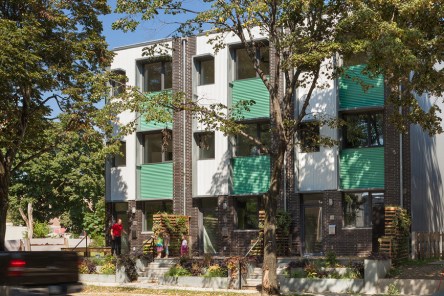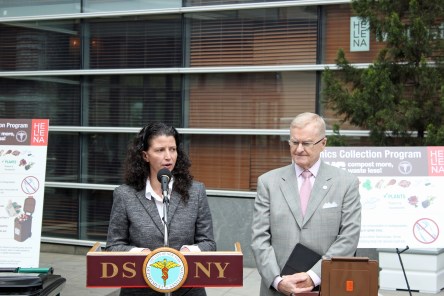With the U.S. building sector accounting for 7% of global primary energy consumption, residential and commercial property developers are turning towards modern solutions, like Passive Homes, to increase energy efficiency in new and renovated properties. Big Apple Energy While it might be “the city that never sleeps,” it wouldn’t hurt to turn a light off once in a while! Though it’s probably no surprise to learn that many of New York city’s most expensive buildings aren’t particularly energy efficient, in truth the numbers are quite shocking: 70% of the city’s emissions are generated from New York City buildings. Even more eye opening…2% of those buildings account for more than half of the city’s energy use. According to the advocacy group Climate Works for All, ten of New York’s most expensive buildings score an “F” in terms of energy efficiency based on Energy Use Intensity. With several more luxury high rises and condominiums in the works, many property developers are looking for ways to lower the energy footprint of their buildings. One solution: Passive House Technologies. A Borough Apart As all things fashionable and hip, Brooklyn is the epicenter of New York City’s passive house movement. In fact, a majority of the New York’s 28 passive building projects are located in or around Brooklyn, including homes in Williamsburg, townhouses in Park Place, and condominiums in Prospect Heights. Some of the passive properties are new constructions projects, but many more are retrofits of existing structures, including a historic house in Brooklyn Heights whose classic façade remains unchanged, despite the addition of super insulation around its double-height windows. In all, Brooklyn is home to more than 20 residences and commercial buildings that fit the passive house guidelines, but because many property owners follow the standards without seeking...
Multifamily Composts
NYC takes the lead
When it comes to new multifamily communities, nowadays it’s pretty much “Go Green or Go Home.” And that’s a very good thing. With more and more people conscientious about protecting and preserving the environment, developers are taking note and incorporating eco-friendly features into the buildings. Whether it’s building to qualify for a LEED rating, incorporating Energy Star appliances into the units, or including a charging station for electric cars, the multifamily industry is becoming more and more sustainable. And New York City has certainly stepped up its green game. The Helena, a multifamily community on the Upper West Side in Manhattan, is the first to utilize the Organics Collection Program. This program allows residents to compost items such as fruits, vegetables, egg shells, pasta, tea bags, coffee grounds and filters, bones, flowers, houseplants and soiled tissues. The residents are given small containers to sort their organics, which they deposit in bins in the trash room. So, they’re already making the trip down there—what could be simpler? All said and done, this program will divert an impressive 35 percent of resident waste at The Helena from landfills. Hopefully more communities in Manhattan—and throughout the country—will start to participate in this or similar composting programs. And we can be sure that multifamily will continue to show its true colors (shades of green, obviously!). Jessica Fiur is News Editor at Multi-Housing News. Find more of her insights on multifamily living on the “What Renters Want”...


